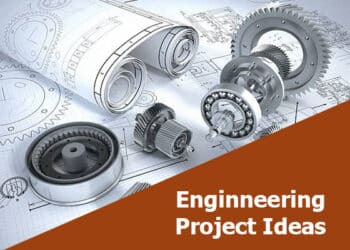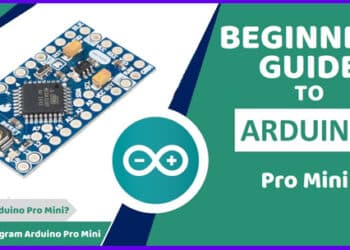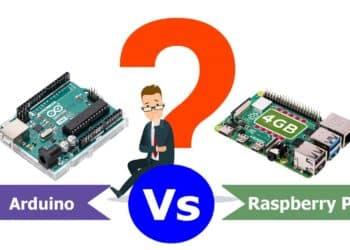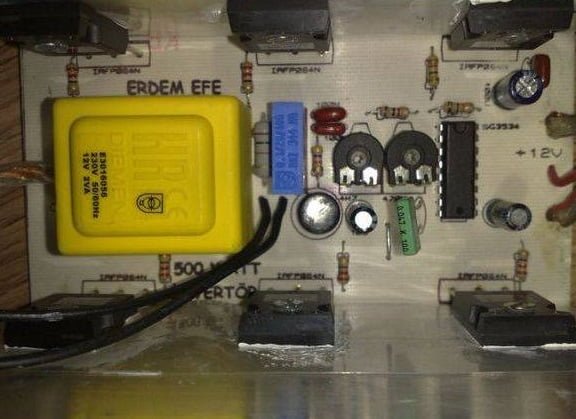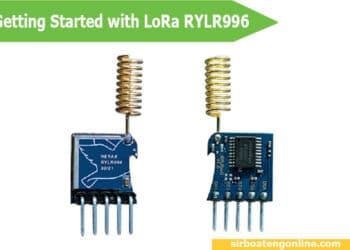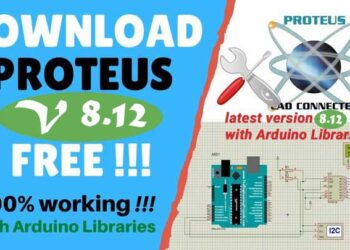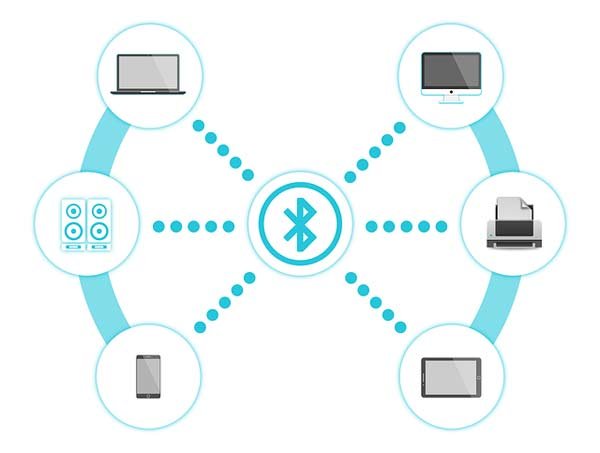Transistors are the single most important semiconductor component in electronics. They are at the heart of every digital circuit and enable modern technology.
Transistors are active components that can increase the amplitude of a signal and can also be controlled by outside signals. This is in contrast to passive components like resistors, capacitors, and inductors
You should also, check these related articles:
The key advantage and usefulness of active components is the ability to amplify the power of an input signal. No power is created of course but rather supplied by a capable power supply in the system.
Components that can amplify the power of input signals have a number of key advantages beyond straight power amplification not that amplifying a weak audio signal to pump out great music is unimportant.
The key to
Table of Contents
Transistors: Applications in Modern Electronics
The transistor is an essential component of the modern age. In analog electronics, transistors are the building blocks of amplifiers, oscillators radio transmitters, and receivers such as the FM transmitter, and the venerable operational amplifier.
In digital electronics, transistors are the basic component of every computer chip, processor, memory module, and integrated circuit. This is why a good understanding of transistors is so critical for modern electronics.
Integrated circuits are the core of every product, but sometimes
A very rigorous transistor model is generally taught in undergraduate electronics courses, but this model is both unintuitive and overly complex when just starting out.
Equations and models are essential, but often not the best way to start learning a complex topic or understand how components behave.
The reality of how transistors really behave is hidden in equations where variables are assumed to be fixed when in reality manufacturing processes cause a great deal of variation that makes designing by equation alone very dangerous without a good background in how transistors work in real life.
what is a transistor?
A transistor is a three-terminal device. The input terminal is called the base to which input signals should be applied, the collector terminal is when the current enters the transistor and the emitter pin is where the current leaves the transistor. Transistors are driven by current, so applying a small current to the base will result in a much larger current flowing from the collector through the emitter.
The ability of a transistor to amplify a small signal is called gain and is a property called out on transistor datasheets. The gain is simply the amount of amplification that an input signal sees on the output, assuming there is enough available power to supply the gain and the transistor can handle the power.
It is interesting to know that often time, transistors are the most common devices for beginners to destroy by applying too much power or power to the wrong pin. When that happens, the magic blue smoke that runs the component causes the transistor to never operate again. One major thing to note about gain is that it varies greatly due to the manufacturing process and should not be counted on in a design.
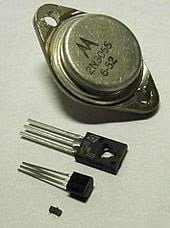
The basic transistor model is easiest to understand conceptually but does have some limitations. The basic model does work for many transistor circuits and does function as a great overall model as long as the limitations are known and respected. Going beyond the basic model of transistors is the Ebers-Moll transistor model.
The Ebers-Moll equations and the basic model are two of the best ways to approach working with transistors and form a great foundation for good design practices that avoid many of the gotchas of working with transistors. The most common types of transistors are shown below

Read Also: Introduction to Electricity and Electronics Protective Devices

